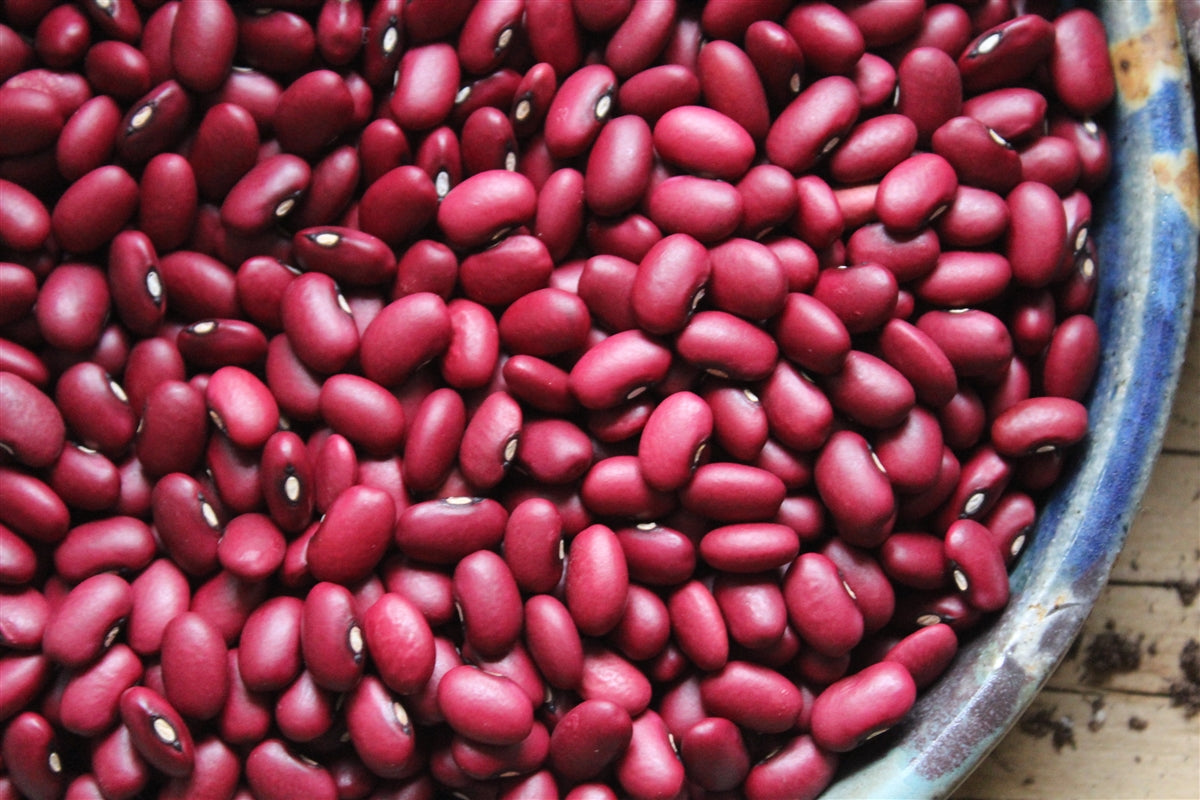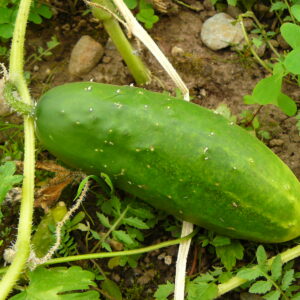Description
SHUSWAP RED DRY BUSH BEAN
100 Days. “From a handful comes a bounty”. Little burgundy-red beans hide in the pods of productive, sturdy bushes. A favourite dry.
Naturally Grown and Photographed by Twisted Brook Farm in Nova Scotia.
SHIPPING INFORMATION
Only 5.99 flat rate across Canada. Canada Post Regular Mail, NO tracking.
Only 14.99 flat rate across Canada. Canada Post Expedited Mail, WITH Tracking.
See our Orders and Shipping Page for details.
GROWING BUSH BEANS FROM SEED
Scientific Name: Phaseolus vulgaris
Cultivating
Bush Beans are a warm season crop that require well-drained soil. Extreme heat waves can cause the blossoms to drop. Bush beans tend to produce the bulk of their harvest in one big flush. The solution to a continuous harvest window is to succession sow them every 2 to 3 weeks. Bush Beans do not require a trellis.
Transplanting
Bush beans are often directly sown into the soil.
However, you can start them indoors to give them a head start against slugs and snails or other critter pests in your gardens. I start mine 3 weeks before the last frost date in cell trays, 1 seed per cell, 1 inch deep. Do not forget to harden off your seedlings for 3 to 5 days before transplanting them outside. Ensure that the outside temperatures are not too cool.
Direct Sowing
Sow your seeds directly into your gardens after your last frost date. Sow your seeds 2 inches apart, 1 inch deep. 20 to 30 degrees Celsius is the optimal temperature range for the germination of bush bean seeds. If you plant when the soil is below 16 degrees, you risk poor germination.
Harvesting Fresh Beans
Harvest bean pods often to encourage continued production. Research your variety to know the ideal harvest stage for best flavour and texture.
Harvesting Dry Beans
To harvest your dry beans from your bush bean plants, leave the bean pods on the plants until they dry down to a leathery brown texture. When you can hear the beans rattle inside the pods, it is safe to bring the pods inside to finish drying. Ensure a dry environment to allow the beans to dry down fully. I use a dehumidifier because our Nova Scotia climate is too humid for air drying.
Store dry beans in an airtight container in a dry, cool, dark place. Soak them overnight before adding them to your winter soups, casseroles, and of course. homemade baked beans!






